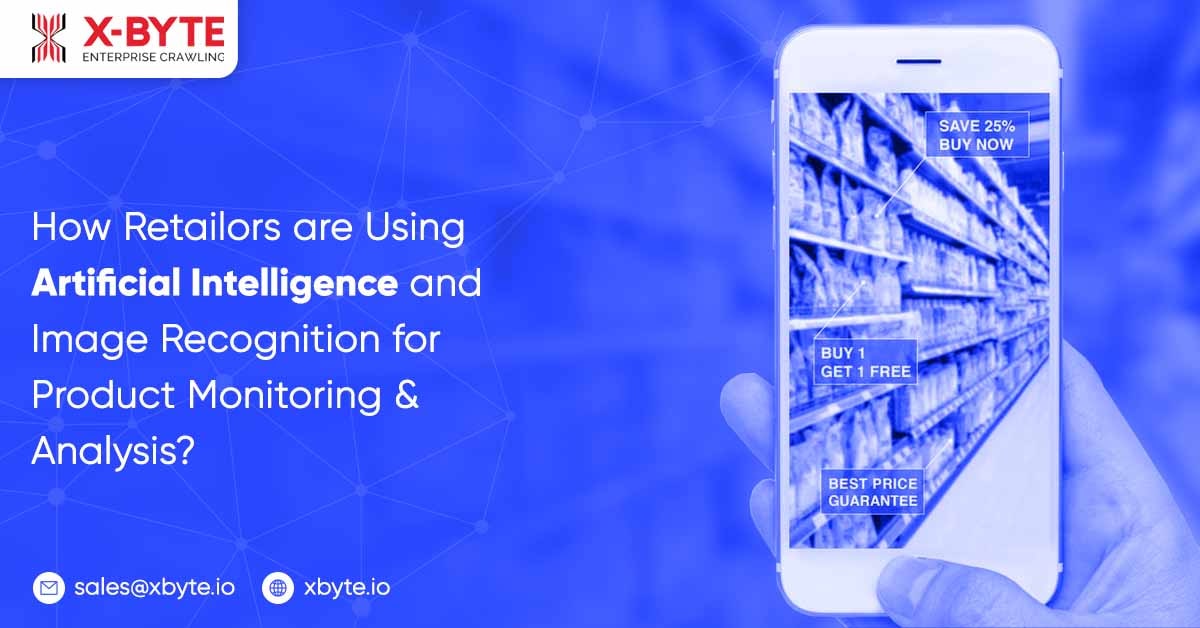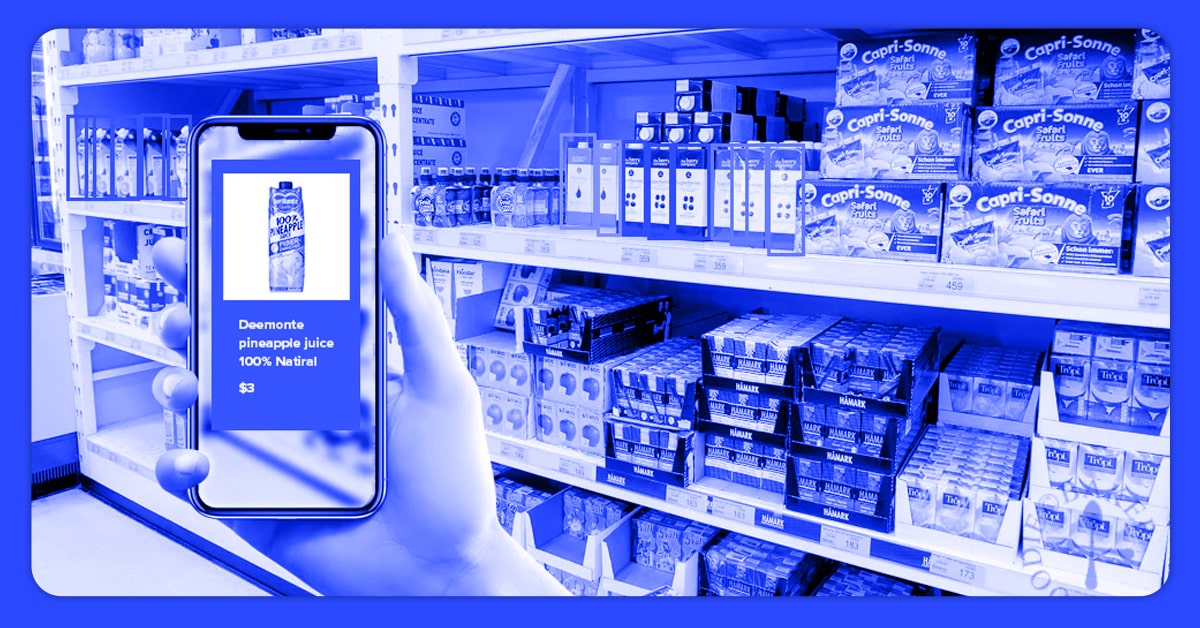
With the e-commerce boom, today’s entrepreneurs have discovered that conservative methods of sales promotions or visual merchandising won’t withstand profits in the aggressive CPG industry. A lot of retailers have already implemented image recognition and Artificial Intelligence (AI) to deliver the next-level customer experience, starting a new era of the retail industry. As per Gartner, by the year 2020, 85% of the customer interactions in the retail industry would get organized by AI. Product recommendations, Product discovery, as well as trend analysis, are a few areas for the implementation of image recognition and computer vision. This blog discusses how CPG and retail companies implement image recognition.
1. Audit Product Placements

Customers are taking important buying decisions at stores and companies need to utilize different technologies to stay ahead in the competition. Collecting key consumer data assists companies in understanding their requirements better. Shelf recognition with computer vision digitizes store checking as well as it is important in collecting important consumer data with AI.
Computer vision with a profound neural network finds objects in images of shelves as well as classifies them depending on the brand, category, as well as items. It is useful in streamlining time-consuming, manual, and error-prone stores audits of SKUs to help the manual efforts directed towards the real job of product selling.
2. Trend Detection in Product Placements

The product placement in the store could either make products sell like hotcakes or stay persistently on a shelf. Companies like Tesco have already started the usage of image recognition software for better product placements in the stores. Image recognition utilizes photographs of hotspots or shelves and immediately gives insights into preferences, consumer behavior, and product placements on display. As AI can interpret enormous amounts of data as well as offer important insights, which is not possible for humans to achieve with accuracy, planners can discover the product movements, how they get consumed or how good the product placement works towards having optimum ROI from placements as well as advertising messages. AI also gives insights into how any brand’s product is getting used across different social media and allows marketers in the efforts.
3. Evaluating Competition and Compliance

The majority of companies rely on sales reputation to audit company products’ placements, brand compliance, and brand presence at different outlets. It could be a tedious job. Image recognition could be used for tracking compliance with merchandising standards for every outlet as well as having superior trade program versions. Machine vision can also be used for tracking competitor brands, brand presence, placements, and policies using a competitor’s distribution, shelf strategies, and channels as well as offer important business ideas.
4. Category Analysis

Whenever you visit any supermarket, you are expected to get a product from P&G, if you want something in the pharmacy and beauty category. It is a result of the company staying watchful with customer trends as well as competitor behavior about the product categories. Using APIs, which quickly organize images into categories, recognize the stocks of competitors in these categories, as well as the competitor provides, allows P&G to create new marketing scenarios that result in more shelf share.
Conclusion
To sum up, image recognition technology helps manufacturers and retailers understand their marketplaces and respond in real-time. The drift is moving from online to offline using image recognition in the CPG industry. Characteristics like calculation or compliance of the product’s performance related to its competitors can be presented in a superior way rather than having manual procedures where there are chances of human problems and errors in procedure scalability. Also, image recognition is further developing allowing the clients to be directly involved with the manufacturers using wearable devices. Therefore, it’s time to comprise this new development and automate.
